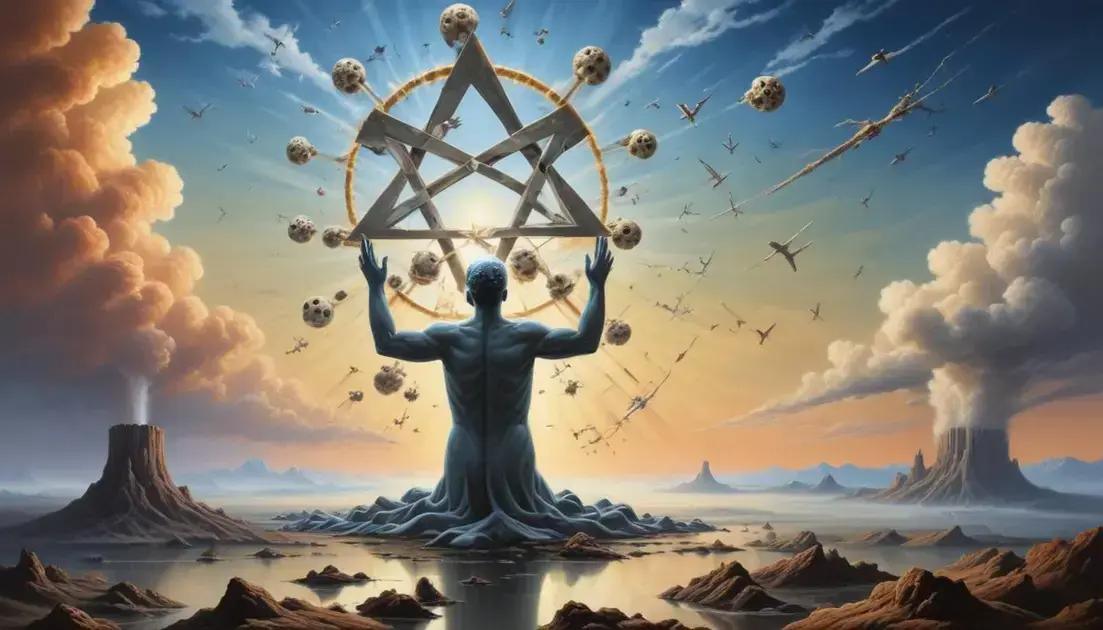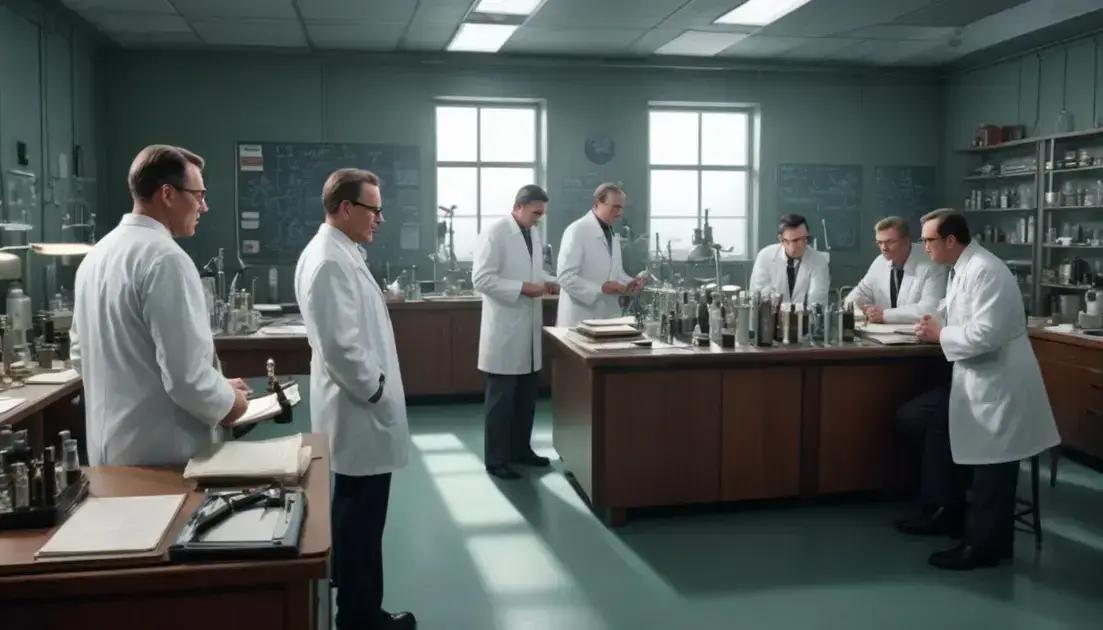
Faith and Resistance: The Church in the Cold War
The influence of faith during and after the Cold War was profound, as religious communities acted as powerful forces for social change and resistance against tyranny. They provided hope, mobilized activists, and advocated for human rights. Key figures like Martin Luther King Jr. inspired movements, while churches served as safe havens for many. The legacy of these actions continues today, showing how faith can unite diverse groups and promote peace and justice in society.
In exploring the fascinating dynamics of Cold War tensions, one cannot overlook the profound role of faith. How did religion shape resistance movements during this era?
The Role of Faith in the Cold War
Faith played a crucial role during the Cold War. It provided comfort to many and even shaped political choices. Religious groups often stood up against oppression. They became voices for freedom and justice.
Faith as Resistance
Many churches acted as safe havens. They offered support for those fighting against tyranny. Religious leaders inspired movements that challenged oppressive regimes.
Bridging Divides
Faith helped bridge gaps between different cultures. It fostered dialogue where politics could not. Through shared beliefs, people found common ground.
Case Studies
In Poland, the Catholic Church played a vital role in the Solidarity movement. Its influence helped unite people against the communist government. Other countries saw similar stories of faith driving social change.
This period showed how powerful faith can be. It not only comforted the weary but also pushed for change. Faith became a tool for both hope and resistance in challenging times.
Churches as Resistance Movements
During the Cold War, many churches became symbols of resistance. They offered hope and support to those feeling oppressed. These places of worship united people against injustice.
The Power of Community
Churches gathered people for a common purpose. They organized rallies and peaceful protests. Together, they stood strong against oppressive regimes.
Important Figures
Religious leaders played key roles. Figures like Martin Luther King Jr. inspired many. Their messages of peace and justice resonated deeply within communities.
Safe Spaces for Activism
Churches provided safe havens for activists. They sheltered those facing violence or persecution. In these sacred spaces, people found protection and strength to fight back.
This connection between faith and activism showed how powerful churches can be. They created movements that challenged authority and advocated for human rights.
Influence of Religious Leaders on Politics
Religious leaders had a major influence on politics during the Cold War. They became important voices in a time of fear and tension. Their messages often encouraged people to fight for justice and peace.
Mobilizing Communities
Leaders like Martin Luther King Jr. used their platforms to inspire action. They rallied communities around shared values. This created a powerful movement for change.
Challenging Authorities
Religious figures didn’t shy away from politics. They openly challenged unjust laws and practices. Their convictions often led to significant social reforms.
Building Alliances
Many religious leaders worked with diverse groups. They built coalitions to advocate for civil rights. This teamwork brought together people of different backgrounds for a common cause.
This blend of faith and politics highlighted a unique dynamic. Religious leaders helped shape the course of history by uniting spiritual beliefs with social justice.
Case Studies of Faith in Action
Many case studies show how faith influenced actions during the Cold War. These stories reveal remarkable courage and resilience. They highlight how faith can inspire people to stand up for what is right.
Poland and Solidarity
In Poland, the Catholic Church played a vital role in the Solidarity movement. It offered support to workers fighting for rights. This movement helped end communist rule in the country.
East Germany’s Church Movements
Churches in East Germany also stood against the oppressive government. They organized peaceful protests and provided safe spaces for dissenters. Their efforts encouraged many to join the fight for freedom.
Faith and Global Advocacy
Religious organizations worldwide rallied for justice and human rights. They highlighted issues like poverty and discrimination. This global network of faith leaders pushed for change through advocacy and solidarity.
These case studies remind us of the powerful connection between faith and action. They show how belief can drive meaningful change in society.
The Legacy of Religion Post-Cold War
The legacy of religion after the Cold War is significant. Faith communities adapted to new challenges and opportunities. They played a key role in rebuilding societies and promoting peace.
Promoting Reconciliation
After years of conflict, many religious groups focused on healing. They helped mend relationships between divided communities. Their efforts led to dialogue and understanding among different cultures.
Advocating for Rights
Religious organizations became advocates for human rights. They spoke out against injustices and defended the vulnerable. Their voices were vital in raising awareness of various social issues.
Global Community and Collaboration
Faith groups also connected on a global scale. They formed partnerships to tackle global challenges like poverty and climate change. This unity strengthened the impact of their efforts worldwide.
The legacy of faith in the post-Cold War era continues to influence society. These communities show how religion can inspire hope and foster positive change.
Conclusion
In conclusion, the role of faith during and after the Cold War shows its lasting impact on society. From acting as a shield against tyranny to promoting peace and reconciliation, religion has transformed lives in many ways. Faith communities provided hope and strength when it was needed most.
Moreover, their efforts in advocating for justice and human rights continue to shape our world today. By coming together, diverse faith groups have shown that cooperation and solidarity can bring about real change. The legacy of faith reminds us of the power of community and belief in a brighter future.


